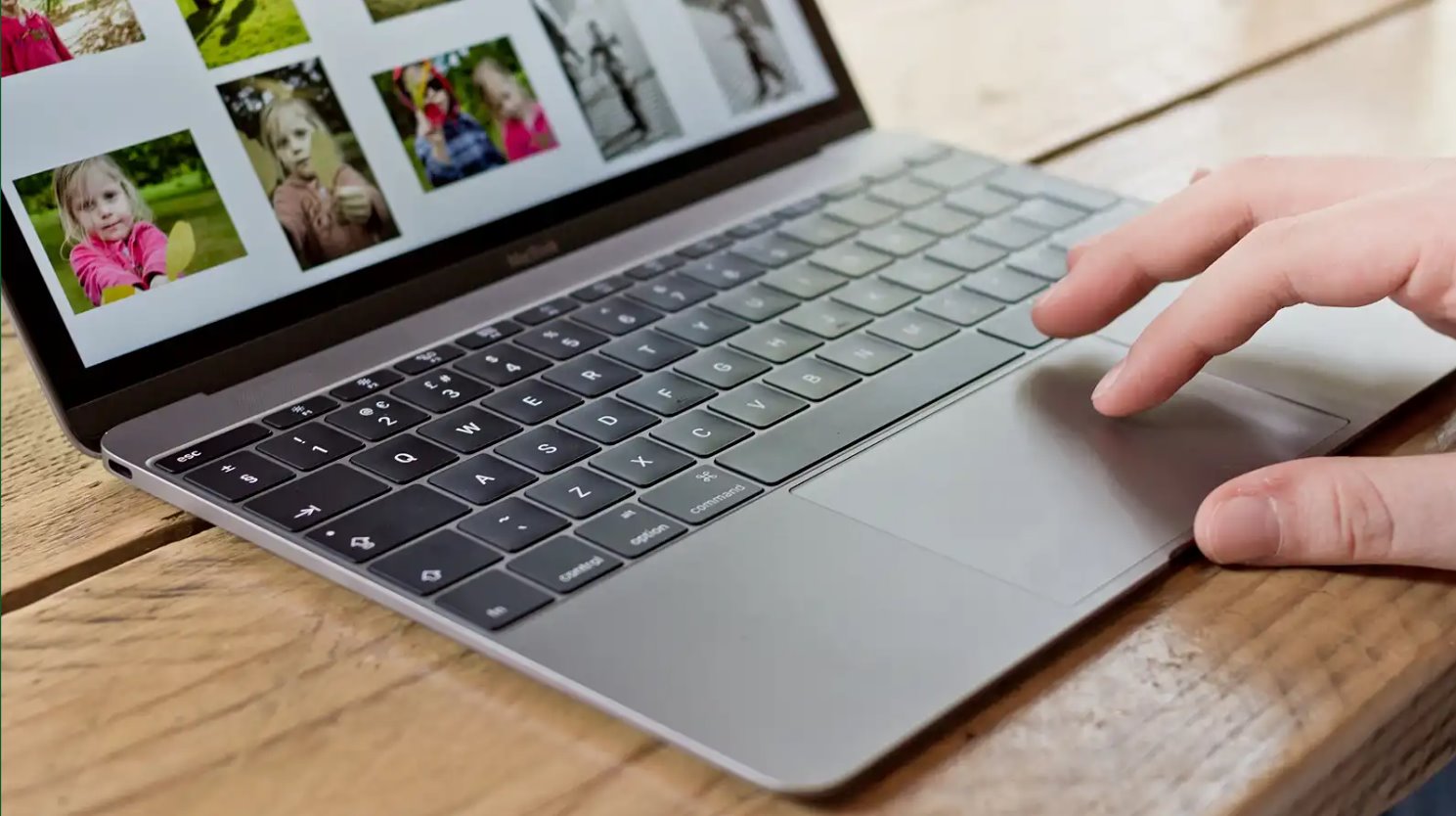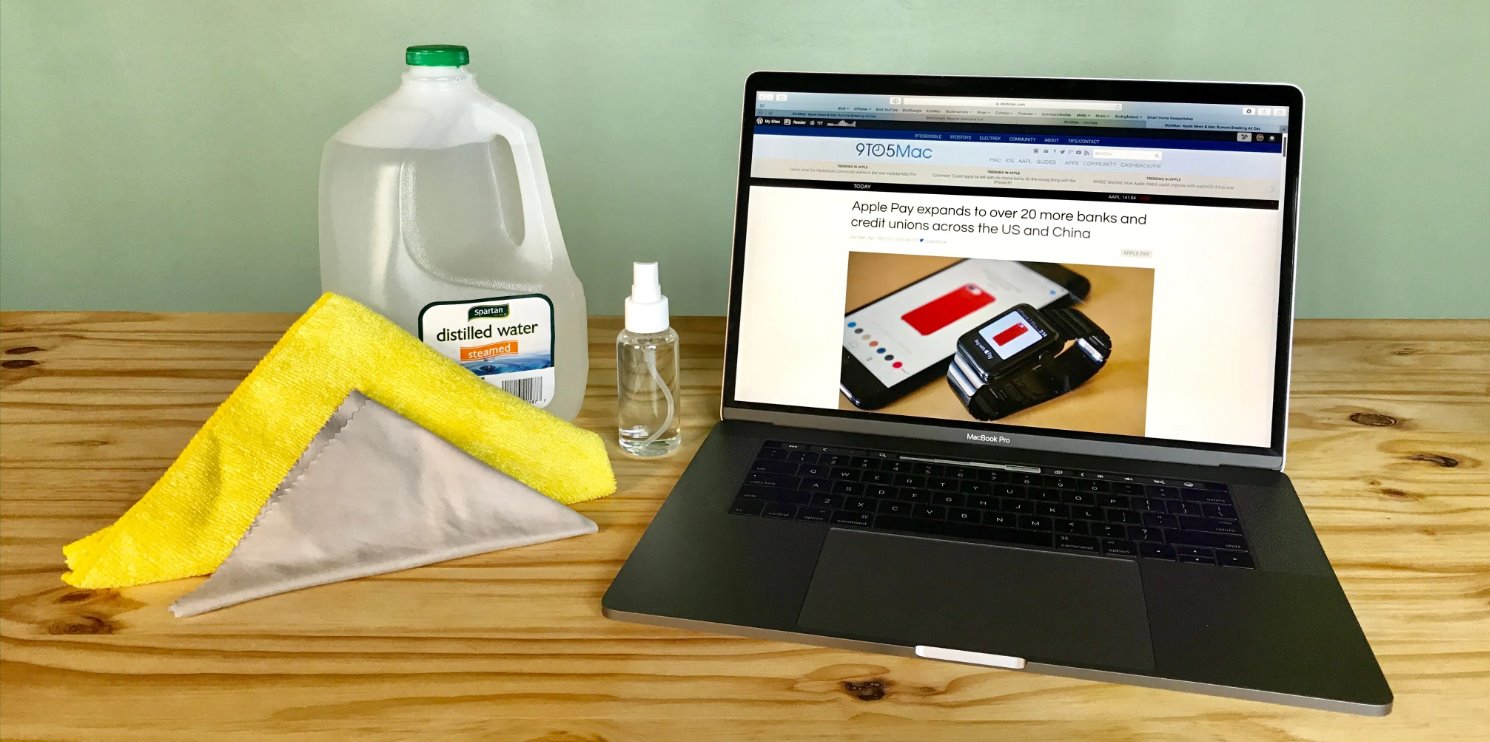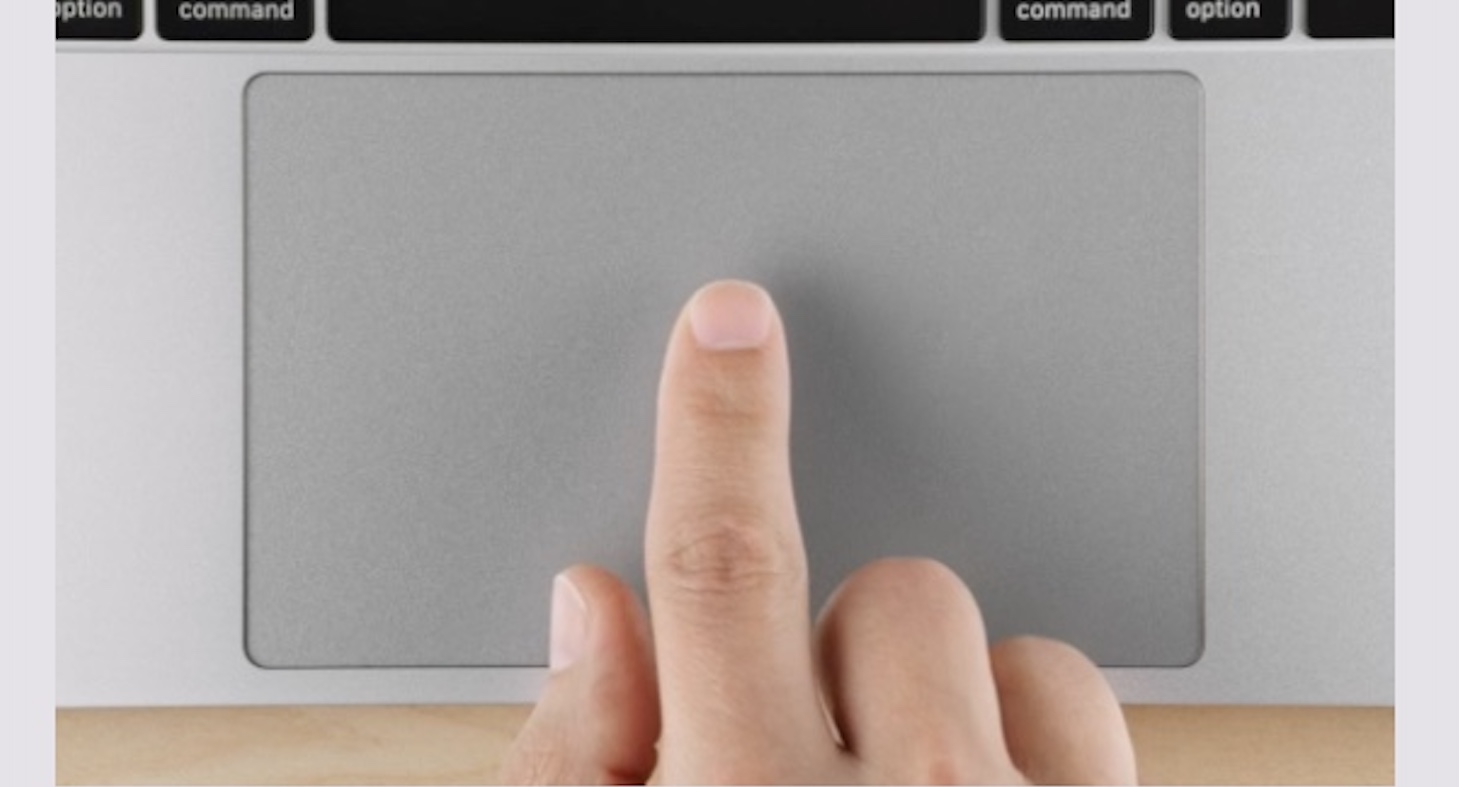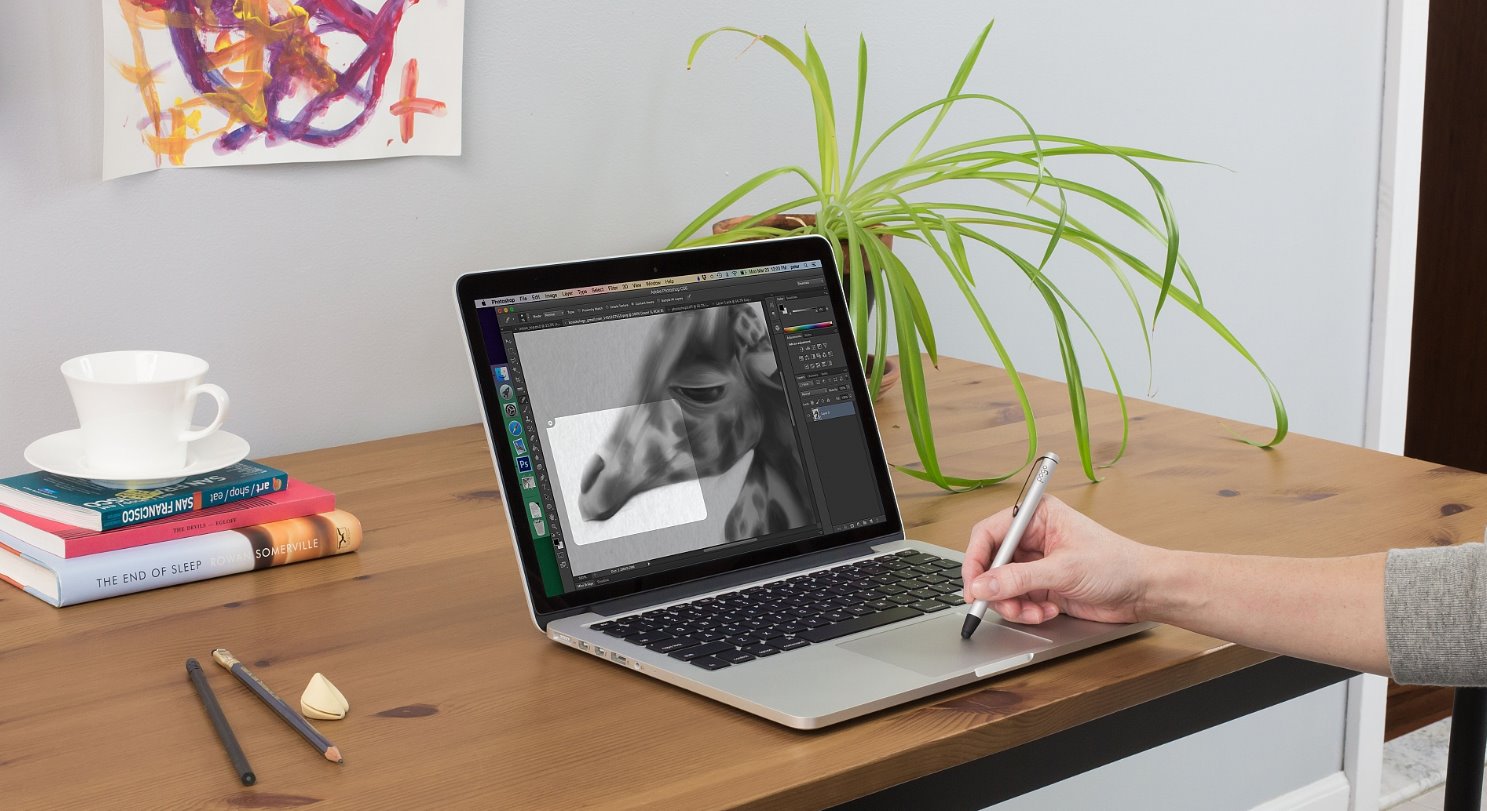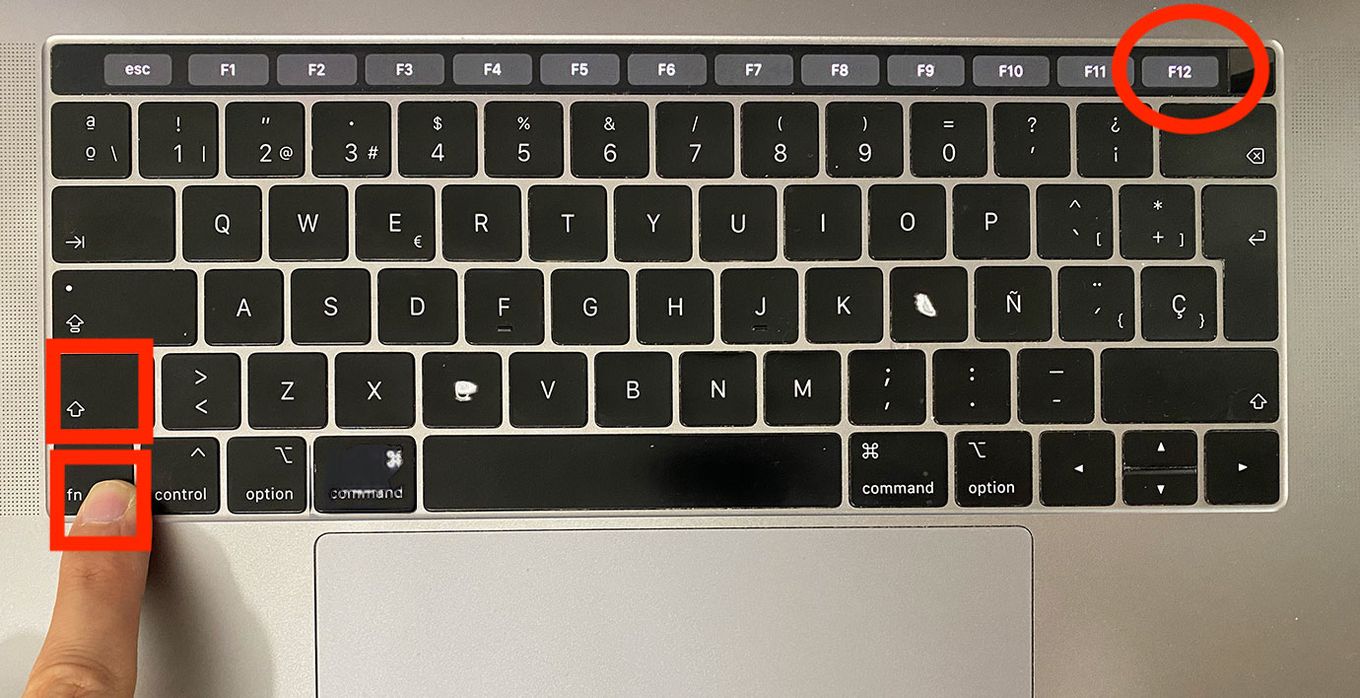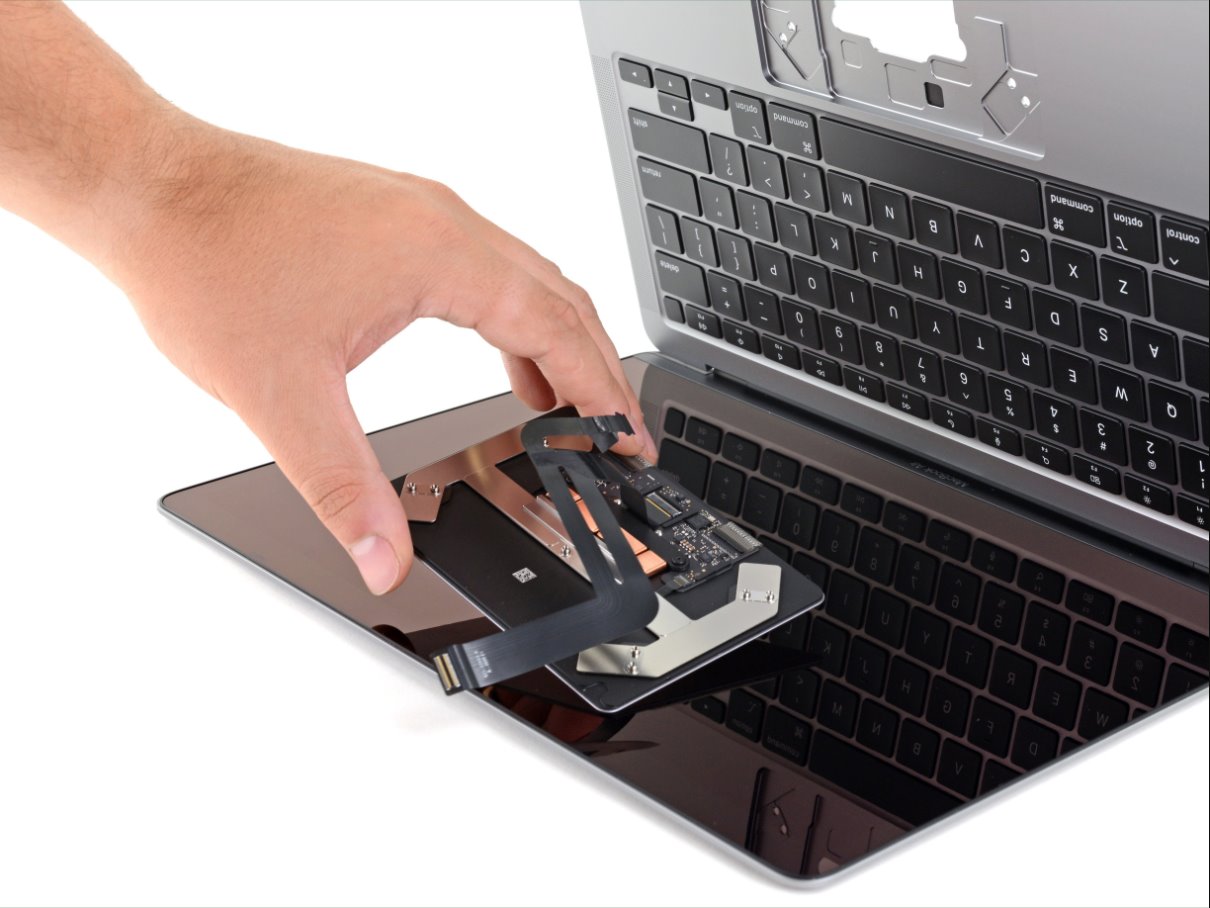Introduction
A trackpad is a common feature on laptops and notebooks that allows users to navigate and interact with their devices without the need for a mouse. It offers a convenient and intuitive way to control the cursor, scroll through pages, and perform various gestures. However, at times, you may experience your trackpad moving on its own, causing frustration and hindering your productivity. In this article, we will explore the common causes of trackpad movement and provide some helpful solutions to resolve this issue.
There can be several reasons behind the erratic behavior of your trackpad. It could be due to hardware issues, such as a faulty or dirty trackpad, or it could be caused by software glitches that affect the trackpad’s functionality. Understanding the root cause is essential in order to identify the most appropriate solution.
In the following sections, we will discuss the hardware and software-related causes of trackpad movement and provide step-by-step solutions to address each issue. Whether you’re experiencing slight cursor drift or significant trackpad movement, the troubleshooting tips covered in this article will help you regain control over your trackpad’s behavior. Let’s dive in and explore how to effectively resolve the trackpad movement problem.
Common Causes of Trackpad Movement
If you find your trackpad moving on its own, it can be attributed to various factors. Understanding these common causes will enable you to troubleshoot the issue effectively. Below are some possible reasons for trackpad movement:
- Dirt and debris: Accumulated dirt, dust, and crumbs on the trackpad surface can interfere with its functionality, leading to erratic movement.
- Moisture and humidity: Excessive moisture or high humidity levels can affect the trackpad’s sensors, causing it to behave erratically.
- Sensitive trackpad settings: Trackpad sensitivity settings that are set too high may result in unintentional cursor movement, especially with light touches or inadvertent palm placements.
- Outdated or corrupted trackpad drivers: Incompatible or outdated trackpad drivers can cause connectivity issues and erratic behavior.
- Electrostatic discharge: Static electricity buildup can interfere with the trackpad’s signals, causing it to move unexpectedly.
- Software conflicts or glitches: Conflicting software or system glitches can disrupt normal trackpad functioning, leading to involuntary cursor movement.
Identifying the underlying cause of the trackpad movement is crucial in resolving the issue. In the following sections, we will explore potential hardware and software-related issues and provide actionable steps to troubleshoot and resolve the trackpad movement problem.
Hardware Issues
When experiencing trackpad movement, it’s important to check for any hardware issues that could be causing the problem. Here are some common hardware-related causes and their possible solutions:
1. Dirty trackpad: Accumulated dirt, dust, and debris on the trackpad surface can interfere with its sensors and cause erratic cursor movement. To resolve this, gently clean the trackpad using a microfiber cloth or a soft, lint-free cloth. Avoid using harsh chemicals or abrasive materials that could damage the surface.
2. Moisture or humidity: Excessive moisture or high humidity levels can affect the trackpad’s functionality. If your trackpad has come in contact with liquids, immediately power off your device and allow it to dry completely before using it again. Additionally, ensure that you are using your laptop in a dry environment to prevent moisture-related trackpad issues.
3. Faulty trackpad: If the trackpad movement persists despite cleaning and drying, there may be a hardware defect. In such cases, it is recommended to contact the manufacturer’s support or bring your device to a professional technician for repair or replacement of the trackpad component.
In some cases, hardware-related issues may require professional assistance, especially if your laptop is still under warranty. Consulting an authorized service center or contacting the manufacturer’s support for further guidance can help pinpoint the exact cause of the trackpad movement and provide the most suitable solution.
Software Issues
In addition to hardware problems, trackpad movement can also be caused by various software-related issues. Here are some common software-related causes and their potential solutions:
1. Outdated or corrupted trackpad drivers: Trackpad drivers are essential for proper communication between the hardware and software. Outdated or corrupted drivers can lead to trackpad movement issues. To resolve this, visit the manufacturer’s website or use device manager to check for driver updates. Download and install the latest drivers specific to your trackpad model.
2. Software conflicts or glitches: Conflicting software or system glitches can disrupt normal trackpad functioning. To troubleshoot this, perform a system restart to refresh the software environment. Additionally, check if any recently installed programs or updates are causing the issue. Uninstalling or disabling them temporarily can help identify the problematic software.
3. Operating system updates: Sometimes, updates to the operating system can introduce compatibility issues with the trackpad. If you started experiencing trackpad movement after an OS update, try rolling back to a previous version or seeking help from the operating system’s support forums for specific troubleshooting steps.
4. Trackpad settings: Adjusting the trackpad settings can help mitigate unintended cursor movement. Explore the control panel or system preferences to locate the trackpad settings. Lowering the sensitivity or disabling certain gestures can provide more control over trackpad movement.
By addressing software-related issues, you can often resolve trackpad movement problems without the need for professional hardware intervention. However, if the issue persists or you are uncertain about making software changes, consulting with a technical professional or contacting the manufacturer’s support can provide further guidance.
Update Trackpad Drivers
Outdated or corrupted trackpad drivers can often cause issues such as trackpad movement. Updating the drivers can help resolve these problems. Here is a step-by-step guide on how to update your trackpad drivers:
1. Identify your trackpad model: Determine the make and model of your trackpad. You can find this information in the device manager or the manufacturer’s website.
2. Visit the manufacturer’s website: Go to the official website of the trackpad manufacturer. Look for the support or downloads section.
3. Find the latest drivers: Search for the latest trackpad drivers compatible with your operating system. Download the appropriate driver files.
4. Install the drivers: Once downloaded, run the installer and follow the on-screen instructions to install the updated trackpad drivers.
5. Restart your device: After installing the drivers, restart your device to ensure the changes take effect.
Updating your trackpad drivers can often resolve issues related to trackpad movement. However, if the problem persists, you may need to consider other troubleshooting methods or seek assistance from technical support.
Calibrate the Trackpad
If your trackpad is moving on its own, calibrating it can help improve its responsiveness and accuracy. Here’s how you can calibrate your trackpad:
1. Open trackpad settings: Navigate to the control panel or system preferences on your device. Look for the trackpad settings or mouse settings section.
2. Find the calibration option: Look for a calibration option within the trackpad settings. This may be labeled as “Calibrate,” “Reset,” or “Recenter.”
3. Follow the on-screen instructions: Start the calibration process by following the on-screen instructions. Typically, this involves following a dot or target that moves around the screen, which helps the trackpad detect its accurate range of motion.
4. Complete the calibration: Once you have successfully followed the calibration process, save the changes and exit the settings menu.
Note: Different operating systems and trackpad manufacturers may have varying steps for calibrating the trackpad. Refer to the user manual or online support resources specific to your device for detailed instructions.
Calibrating your trackpad can help recalibrate its responsiveness and improve its accuracy. However, it may not completely resolve all issues related to trackpad movement. If the problem persists, you may need to explore other troubleshooting methods or seek professional assistance.
Adjust Trackpad Sensitivity Settings
If your trackpad is excessively sensitive, even the slightest touch or inadvertent palm placement can cause it to move on its own. Adjusting the sensitivity settings can help mitigate this issue. Follow the steps below to adjust the trackpad sensitivity settings:
1. Open trackpad settings: Access the control panel or system preferences on your device. Look for the trackpad settings or mouse settings section.
2. Locate sensitivity settings: Within the trackpad settings, look for an option related to sensitivity. This may be labeled as “Pointer Options,” “Tracking Speed,” or “Sensitivity.”
3. Adjust the slider: Use the sensitivity slider to decrease or increase the trackpad sensitivity level. Moving the slider towards the “Low” end reduces sensitivity, while moving it towards the “High” end increases sensitivity.
4. Test the changes: After making adjustments, test the trackpad to see if the sensitivity suits your preference. If necessary, go back to the settings and make further adjustments until you find a balance that feels comfortable to use.
Note: The sensitivity settings may vary depending on the operating system and trackpad manufacturer. Consult the user manual or online support resources specific to your device for more detailed instructions.
By adjusting the trackpad sensitivity settings, you can customize its response to your touch, reducing the likelihood of accidental cursor movement caused by overly sensitive input. However, keep in mind that excessive adjustment towards the “Low” end may make the trackpad less responsive, so find a balance that works best for you.
Disable Touchpad Gestures
Most modern trackpads offer a range of gestures that allow for easy navigation and multitasking. However, certain gestures may inadvertently trigger trackpad movement. Disabling or adjusting touchpad gestures can help prevent unwanted cursor movement. Follow these steps to disable touchpad gestures:
1. Open trackpad settings: Access the control panel or system preferences on your device. Look for the trackpad settings or touchpad settings section.
2. Locate gesture settings: Within the trackpad settings, search for an option specifically related to gestures. This might be labeled as “Gestures,” “Multi-finger Gestures,” or “Touchpad Gestures.”
3. Disable specific gestures: Look for the gestures that you suspect might be causing the trackpad movement. Uncheck or disable those specific gestures to prevent them from triggering unintended cursor movement.
4. Test the changes: After disabling the gestures, test the trackpad to ensure that the unwanted cursor movement no longer occurs. If necessary, go back to the settings and disable additional gestures until the issue is resolved.
Note: The available touchpad gesture settings may vary depending on the operating system and trackpad manufacturer. Refer to the user manual or online support resources specific to your device for more detailed instructions.
By disabling touchpad gestures, you can eliminate the potential for accidental cursor movement caused by various finger-based input commands. However, keep in mind that disabling certain gestures may limit your ability to perform certain actions, so choose which gestures to disable carefully based on your preferences and needs.
Disable Trackpad While Typing
One common issue with trackpads is unintentional cursor movement while typing. This can occur when your palm or fingers come into contact with the trackpad while you are typing, leading to frustrating cursor jumps. Many laptops have a feature that allows you to automatically disable the trackpad while typing to prevent this problem. Here’s how you can disable the trackpad while typing on most devices:
1. Open trackpad settings: Access the control panel or system preferences on your device. Look for the trackpad settings or touchpad settings section.
2. Locate the “touchpad delay” or “palm detection” option: Within the trackpad settings, search for an option specifically related to palm detection or touchpad delay. This feature automatically disables the trackpad for a set period of time while typing.
3. Enable the palm detection or touchpad delay: Toggle the palm detection or touchpad delay feature on. Adjust the sensitivity or delay duration according to your preference.
4. Test the changes: Open a word processor or text editor and start typing. Ensure that the trackpad is disabled as you type and reactivated once you stop typing. Make any necessary adjustments to the palm detection or touchpad delay settings until you are satisfied with the results.
Note: The specific name and location of the trackpad settings may vary depending on the device and operating system. Refer to the user manual or online support resources specific to your device for more detailed instructions.
By disabling the trackpad while typing, you can avoid accidental cursor movement and improve your typing experience. This feature allows you to have greater control over the trackpad’s behavior during active typing sessions, reducing the frustration of cursor jumps and misplaced clicks.
Clean the Trackpad
Accumulated dirt, dust, and debris on the trackpad surface can interfere with its sensors and cause erratic cursor movement. Cleaning the trackpad can help improve its accuracy and responsiveness. Follow these steps to effectively clean your trackpad:
1. Power off your device: Before cleaning the trackpad, make sure to shut down or power off your device to avoid any accidental inputs.
2. Use a microfiber cloth: Gently wipe the trackpad surface using a soft, lint-free microfiber cloth. This will help remove any loose dust and smudges. Avoid using abrasive materials like paper towels or harsh chemical cleaners, as they can scratch the trackpad’s surface.
3. Dampen the cloth (optional): For tougher dirt or sticky residue, you can slightly dampen the cloth with water or a mild, diluted cleaning solution. Ensure the cloth is damp, not soaked, and wring out any excess liquid before cleaning.
4. Wipe with gentle motions: Using gentle circular or back-and-forth motions, clean the trackpad surface, paying attention to the edges and corners. Avoid applying too much pressure, as excessive force can damage the trackpad.
5. Dry the trackpad: After cleaning, use a dry microfiber cloth to remove any remaining moisture from the trackpad surface. Ensure the trackpad is completely dry before powering on your device.
Regularly cleaning the trackpad is essential to prevent dirt or debris from affecting its performance. By keeping the trackpad surface clean, you can minimize the chances of trackpad movement caused by sensor obstruction. However, if the issue persists even after cleaning, it may be necessary to explore other troubleshooting methods or seek professional assistance.
Conclusion
Experiencing trackpad movement can be frustrating and disruptive to your productivity. However, by understanding the common causes and implementing the appropriate solutions, you can regain control over your trackpad’s behavior. Throughout this article, we have explored various hardware and software-related issues that can lead to trackpad movement and provided step-by-step instructions to address each one.
We discussed the importance of cleaning the trackpad to remove dirt and debris that may interfere with its sensors. Additionally, we explored how updating trackpad drivers, calibrating the trackpad, adjusting sensitivity settings, disabling touchpad gestures, and enabling the trackpad delay while typing can help alleviate trackpad movement issues.
It’s worth noting that different devices and operating systems may have slight variations in the available settings or troubleshooting methods. Therefore, it’s essential to consult the user manual or online support resources specific to your device for more accurate instructions.
Remember, if you have tried the suggested solutions and are still experiencing trackpad movement, it may be necessary to seek professional assistance or contact the manufacturer’s support for further guidance.
By implementing the appropriate solutions and maintaining good trackpad hygiene, you can ensure smooth and accurate cursor control, allowing you to work efficiently without the frustration of unwanted trackpad movement.









